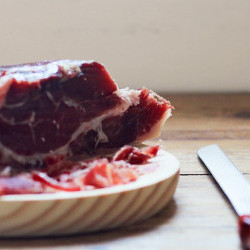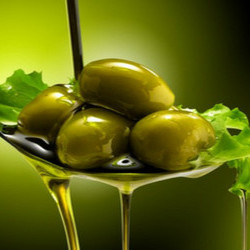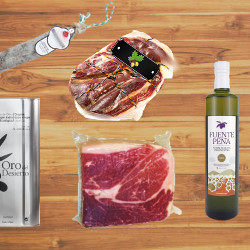
The best pata negra dry ham provided directly from spanish producers
English
- Deutsch CH (German)
- Français (French)
- Italiano (Italian)
- English (United States)
- Castellano (Spanish)

Race of the Iberian pig and its varieties
One of the reasons for the excellence of Iberian ham as gourmet food lies in the specific characteristics of Iberian pork meat, in particular its relative proportion of fat and how it is distributed in the muscle of the animal.
However, the Iberian pig is not a uniform breed, far from it. For starters, six varieties of pure Iberian pork are officially recognized: entrepelado, retinto, hairless, spotted Jabugo, torbiscal and Iberian proper, which is the result of the cross between specimens of any of the previous varieties. Three of these varieties: spotted Jabugo, torbiscal and hairless are currently in danger of extinction.
As a counterpart to its quality, working with the 100% pure Iberian pig has its drawbacks. To begin with, purebred Iberian piglets are more sensitive to the cold, dying more easily than hybrids, they also take 16 months to gain weight before being able to send them to the pasture, whereas with the Crusaders 10 months are enough and, finally, they have a productivity smaller, with hams and shoulders of less absolute weight (up to 20% less) that also require a longer drying process. Each of these factors substantially increases the production cost of hams and limits their availability for consumption.
To face these limitations, the certification of Iberian ham allows crossing 100% Iberian pigs with those of the Duroc breed. This breed has its cradle in New Jersey (USA), and was created in the early nineteenth century from vernacular breeds in turn from pigs of red and Iberian origin, precisely from Spain and Portugal.
The Duroc-Iberian pork is, on the one hand, more robust than the Iberian pig and has a higher rate of fattening and productivity, while on the other, its hams, without reaching the levels of excellence of 100% Iberian, are still an extraordinary quality.
Black Label Pata negra 100% Iberico pig, open pasture acorn-fed



